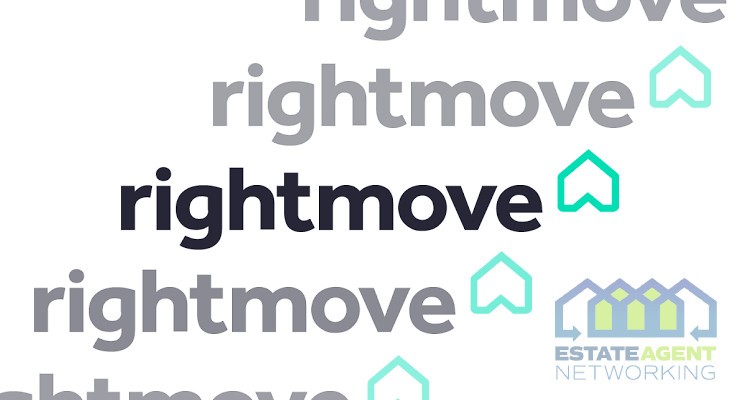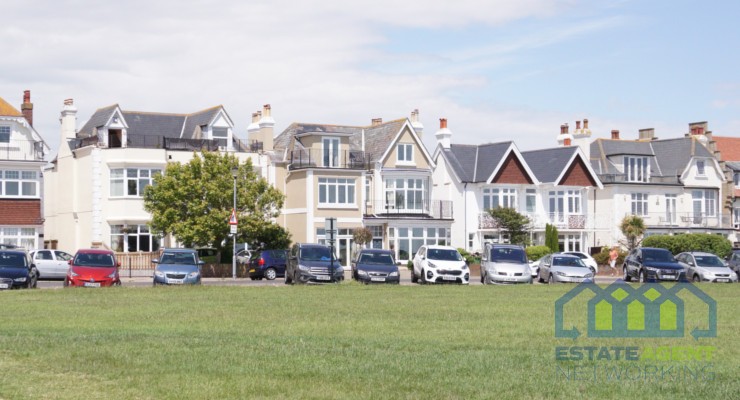Still using a flash when taking property pics? Read this and I guarantee you won’t use it again
Picture this: Bit dark in the bathroom? Trees causing major shadow in the garden? Taking photos late in the day?
We’ve all been there and often turning on the flash is our go-to solve for a bad-lighting problem that’s out of our control. The issue is, turning on the flash is only likely to make things worse. There are several reasons but one of the key issues is that the shadows your flash will generate won’t look natural because they will be created in the wrong places. Simply put, if you want great photos, You don’t need flash!
Crazy isn’t it…but never fear – read on and I’ll explain why, and what you can do about it.
So why is using flash so bad?
If you’re sitting in a room now (lights off), look at how daylight enters the window and is lighter on the side walls nearest to it, and how the walls become darker the further the light travels into the room. The problem is that most times, you’ll have your camera pointed toward a window, so the flash on your camera will produce a burst of light that will travel in a direction that’s opposite to what the eye would normally expect to see. So, the result just won’t look right – having said that, most people won’t understand why it looks bogus. They’ll just not feel good about it.
Ever wondered what that half-circle shadow is on the floor and furniture?

If you’re using the flash that’s built into your camera, you’re likely seeing the mysterious ‘dark moon rising’ shadow and maybe can’t work out why it’s there.
The shadow you’re seeing is the result of your camera’s built-in flash flashing over your wide-angle lens. Your camera’s built-in flash is next to useless for interior photography. Not only will the light not be sufficiently powerful to illuminate a room, it will also be too directional and will probably over-expose objects that are close to you. Don’t use it!
Other reasons for not using flash in the context of property photography are…
⦁ Incorrect use will often result in a hot-spot on the ceiling with dark, shaded areas to the side.
⦁ You’ll frequently see the flash reflected in glass/mirrors/shower screens, glossy kitchen units.

Handy tip: Flash reflections can distract the eye – send the image to www.doctor-photo.co.uk and they can remove it for very little in hours.
⦁ Often, for the camera’s sensor to ‘see’ enough of the light from the flash, you will need to use a large aperture. Large apertures can lead to a shallow depth-of field. That’s another way of saying that parts of your photo will likely look soft – not sharp.
⦁ Off-camera flash can sometimes work, but that takes a lot of experience setting up well enough to produce good results. Most agents won’t have the time for this.
⦁ Flash used outside won’t work either. It’s not powerful enough – the only real exception would be if you want to illuminate something close to you, perhaps some flowers or shrubs that are in the shade.
And be careful of other quick-fix techniques such as increasing your ISO…
When you’re hand-holding your camera in a room that doesn’t have much light in it, you’ll need to maintain a high enough shutter speed so that your photo won’t blur. To achieve that, you might use a combination of high-power flash (yuck) plus maybe, a high ISO setting, (more yuck)
Many agents increase the camera’s ISO setting to make the image sensor more sensitive to light. But that will almost certainly lead to a poor-quality image because high ISO images on all but the dearest digital cameras produce an unwanted effect called ‘noise’. Basically, your image could look like it’s been shot through a nylon stocking.
So how do we fix it? How can we get enough light for a fast shutter speed if there isn’t enough?
The answer is, you don’t need to. If you’re using a tripod when you’re shooting indoors, you can shoot with very long shutter speeds. You can, however, enhance the available light with the following tricks.
Beginners tricks:
⦁ Use table lamps & turn on the lights. Sounds simple but I see thousands of images every week and you’ll be surprised how many agents miss this trick. Simply turning on the side-lights will create interesting shadows and depth.
⦁ Recessed low-voltage lighting looks great in pictures, too. If a customer has this then make use of it. Not only will the lighting look good but so will the sense of lifestyle.
⦁ Open the curtains. Let the daylight flood in for a naturally cheerful look.
Mid-level tricks:
⦁ Your camera should be on Aperture Priority and set at F8.
⦁ Your ISO should be 400 – unless you’re using a very expensive camera that doesn’t show noise at higher settings.
Pro tricks – but more than possible with a bit of training!
⦁ If you want to be able to see outside of the window and at the same time make your interior well-exposed, then you can achieve that by attaching your camera to a tripod and taking three exposures; one under-exposed, one at a normal exposure and the other over-exposed. Then with special (almost free software) blend them together. It’s incredibly easy to do and I teach how in my workshops.
Too late? Doctor Photo can fix them:
⦁ Polish your images into something amazing. There’s no such thing as an optimal image straight out of the camera. About 30% of a photograph’s quality comes from post-processing. Doctor Photo optimises thousands of photos every month for agents all over the UK and we can do the same for you, too. The first FIVE FACELIFTS are FREE.
⦁ Doctor Photo can correct exposure / fix highlights & shadows / remove the ‘moon rising shadow’ as per our example above
Hope this helps – next week we’ll talk about post-processing, it’s importance & the legality behind using it with property photos.






